[/caption]
Have you seen a very bright star rising in the East every night the past few months? If you’re a night owl, you may have noticed it moves across they sky from the East into the West, shining brightly throughout the night. However this object is not a star! It’s the planet Jupiter and it is the brightest object in the night sky at the moment, apart from the Moon.
At the end of October Jupiter will be at opposition. This means the mighty planet (the largest in our solar system) will be directly opposite the sun as seen from Earth and it will also be at its closest point to Earth in the two planets’ orbits around the Sun. This makes Jupiter or any other object at opposition appear brighter and larger. The opposition of Jupiter occurs on October 29, 2011.
But Jupiter has been gracing our night sky for several months, and will continue to shine brightly as it moves in and out of opposition. But enjoy the view now, as this will be the closest opposition until 2022!
Visually, even with the naked eye, Jupiter is stunning! A burning yellowish-white star-like object, many times brighter than any other stars.
But through a pair of ordinary binoculars or a small telescope, Jupiter comes to life. Not only is it possible to see the disc of the Planet, you can also see the four Galilean moons.
The Galilean moons, Callisto, Ganymede, Europa and Io were discovered by Galileo over 400 years ago and are amazing worlds in their own right.
Callisto is the outermost moon with a very ancient and heavily cratered surface. It is the second largest of the four moons, but does not interact tidally with an “orbital resonance” unlike the other three moons.
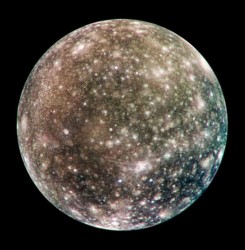
Ganymede is the largest of the four moons and is also the largest moon in the Solar system, being larger than the Planet Mercury. The bizarre surface is a mix of two types of terrain – highly cratered dark regions and younger, but still ancient regions with a large array of grooves and ridges. Ganymede is the only moon in the solar system to have its own magnetosphere.
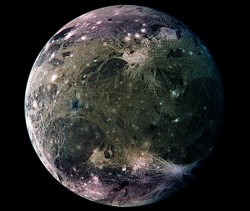
Europa is the second closest moon and is also the smallest. It has one of the smoothest and newest surfaces in the solar system, being covered purely with ice. Europa is likely a water world and it is believed that below its icy surface, lies a deep moon-wide ocean surrounding a warm mantle. It is one of the most likely places to harbour life in the solar system.
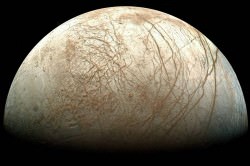
Io is the innermost of the four Galilean moons of Jupiter and third largest. It is the most geologically active body in the solar system with over 400 active volcanoes and an ever changing and hostile surface of sulphur and silicates.

When you look up tonight and stare at Jupiter, or you are looking at it through binoculars or a telescope, just think – Jupiter and the four Galilean moons are a very interesting place, almost a mini solar system with our larger solar system!
Occasionally you will see Jupiter’s “Great Red Spot” or the shadow of one of the moons on Jupiter’s surface. The Jupiter system is always changing.
If you want to find out what the positions are for the moons, use planetarium software such as Stellarium and then have a look yourself.
Good luck!

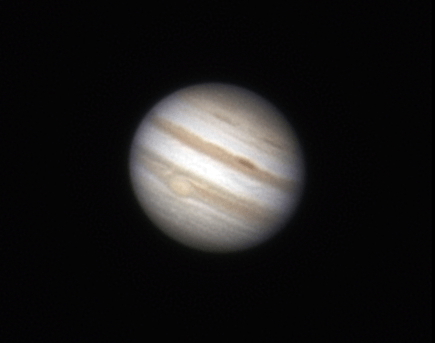
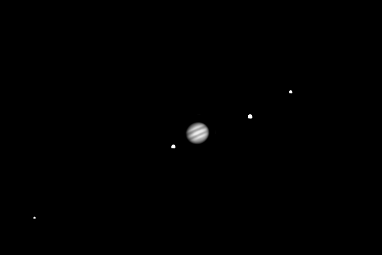
I remember seeing this for the first time… it was all a blur till I turned the focus nob a little and all of sudden the picture above came into view. My brother thought some thing terrible had happened as I instinctively shouted an expletive very loudly!
Thank you for this article! I live in rural Kansas, and happened to notice that the stars were particularly brilliant tonight, so I had a look around. I went online to see if I could figure out what that bright star might be, and low and behold it’s Jupiter! I got out my husbands spotting scope, and saw all 4 moons! AMAZING! I’m guessing that a telescope is on the Christmas list this year!
Thanks a lot for this informative article! A friend of mine has just ask me what that bright ‘star’ might be. Luckily, I happened to drop in here and I’ve now been enlightened! What a wonderful view! I’m anxiously looking forward to October 29..